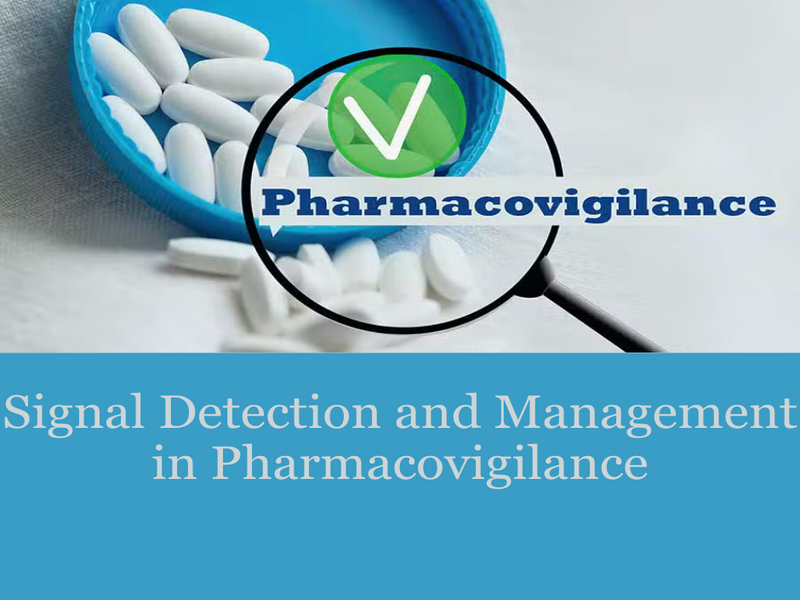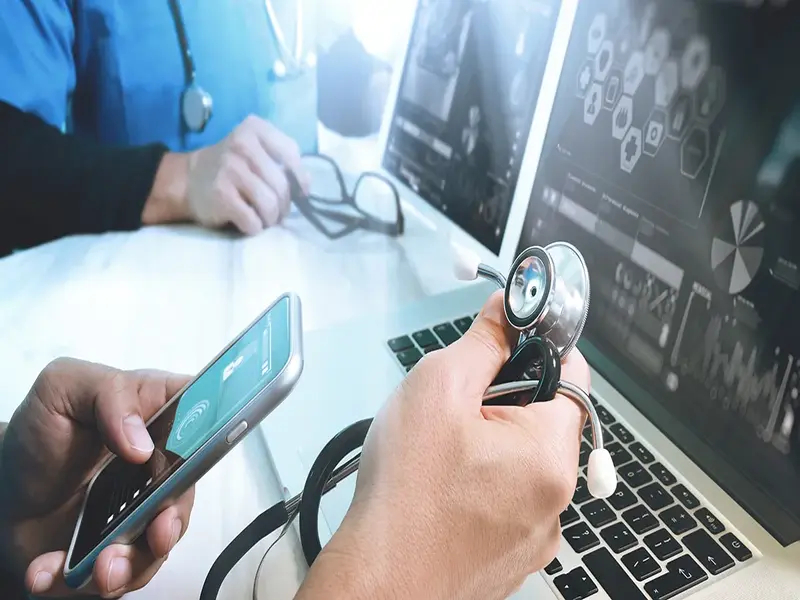In the ever-evolving field of pharmacovigilance, the ability to detect and manage signals effectively plays a pivotal role in safeguarding public health. Signal detection and management in pharmacovigilance involves identifying potential safety concerns related to medicinal products and ensuring timely actions to mitigate risks. This article explores the key concepts, methodologies, and challenges associated with signal detection and management in pharmacovigilance.
What is a Signal Detection?
Signal detection is like a detective’s work in the world of medicines. It’s about finding clues (signals) that suggest a medicine might be causing a harmful side effect that we didn’t know about before. These clues come from information about patients who have taken the medicine. Basically, Signal detection is the process of identifying potential safety concerns, referred to as signals, from large volumes of safety data.
The purpose of signal detection is to uncover these patterns early, enabling timely assessment and action to safeguard public health.
How Do We Find These Signals?
We use two main approaches:
1. Qualitative Approaches
1. Case-by-case review- Examining individual ICSRs for unusual or unexpected patterns.
2. Expert judgment- Leveraging the expertise of pharmacovigilance professionals to interpret safety data.
2. Quantitative Approaches
1. Disproportionality Analysis: Statistical methods, such as reporting odds ratio (ROR) and proportional reporting ratio (PRR), are used to identify disproportionate reporting of specific adverse events.
2. Bayesian Methods: These provide a probabilistic framework to detect signals, particularly in large datasets like those in spontaneous reporting systems.
3. Tools for Signal Detection
(a) VigiBase: The WHO’s global database of ICSRs.
(b) EudraVigilance: The European Medicines Agency’s database for managing and analyzing safety data.
(c) FAERS: The FDA Adverse Event Reporting System in the United States.
(d) RWE (Real-World Evidence) Analytics Platforms: Utilizing electronic health records and claims data to detect potential safety issues.
Signal Management Process
Once a potential signal is detected, it undergoes a structured process to confirm its validity and determine the necessary course of action. The key steps in signal management include:
1. Validate – We check if the signal is real and not just a coincidence.
2. Prioritize – We decide how serious the signal is and how quickly it needs to be addressed.
3. Assess – We deeply investigate all the available information about the medicine and its side effects.
4. Communicate – We tell the authorities, doctors, and the public about the signal.
5. Take Action – We might update the medicine’s label, issue warnings, or even remove it from the market if it’s too dangerous.
Overcoming Challenges in Signal Detection and Management in Pharmacovigilance
Ensuring drug safety is a critical part of pharmacovigilance, but signal detection comes with its fair share of challenges. From handling large amounts of diverse data to keeping up with ever-evolving regulations and technologies, pharma and biotech companies must navigate a complex landscape to protect patient health. Here’s a look at some of the key challenges and how they can be addressed.
1. Managing Data Quality and Integration
Pharmacovigilance relies on multiple data sources, including clinical trials, spontaneous reports, and real-world evidence. However, ensuring the accuracy, consistency, and integration of this data can be difficult. Poor data quality can lead to missed safety signals or false alarms, both of which have serious consequences.
How to Improve Data Management
Invest in advanced data management systems that can efficiently handle large datasets from different sources.
Standardize data collection processes to ensure consistency and reliability across various reporting systems.
2. Making Timely and Informed Decisions
Delays in identifying and assessing safety signals can put patients at risk. Rapid and accurate decision-making is crucial, but traditional methods can be slow and resource-intensive.
How to Speed Up Decision-Making
Leverage machine learning to automate data analysis and detect patterns faster than manual methods.
Implement real-time monitoring of pharmacovigilance data to quickly identify emerging risks.
Establish clear protocols for signal assessment and decision-making to ensure consistency and reduce bottlenecks.
3. Navigating Global Regulatory Compliance
Pharmacovigilance regulations differ across countries and regions, making compliance a constant challenge. Staying up to date with evolving guidelines is essential to avoid regulatory penalties and ensure patient safety.
How to Maintain Compliance
Monitor regulatory changes with a dedicated team that keeps track of updates worldwide.
Use compliance management tools to streamline tracking of regulatory requirements and ensure adherence.
Engage with regulatory agencies to stay informed, seek guidance, and build strong relationships for smoother compliance.
4. Keeping Up with Technological Advancements
New technologies are transforming pharmacovigilance, but integrating them into existing systems can be complex. Companies need to embrace innovation while ensuring smooth transitions and minimal disruptions.
How to Stay Ahead in Technology
Adopt emerging technologies such as advanced analytics, natural language processing, and blockchain for better data security and analysis.
Invest in training programs to help employees develop the necessary skills to use new tools effectively.
Collaborate with technology providers to customize solutions that align with specific organizational needs.
Future Perspectives
The future of signal detection and management lies in leveraging artificial intelligence (AI) and machine learning (ML) technologies. These can enhance the efficiency and accuracy of signal detection, enabling proactive identification of safety concerns. Additionally, fostering global collaboration and harmonizing regulatory practices will be crucial in addressing the challenges faced by pharmacovigilance professionals.
ConclusionSignal Detection and Management
Signal detection and management are integral to the pharmacovigilance ecosystem, ensuring the safety and efficacy of medicinal products. By adopting robust methodologies and embracing innovative technologies, stakeholders can enhance their ability to protect public health while navigating the complexities of modern pharmacovigilance.
At Jeyflex Consultants Ltd, we specialize in providing comprehensive signal detection and management services tailored to the needs of pharmaceutical companies. With our expertise in regulatory intelligence and pharmacovigilance, we are committed to helping you identify, evaluate, and mitigate safety risks effectively. Contact us today to learn how we can support your pharmacovigilance efforts and ensure the safety of your products.
Article by Marraret Ouma



